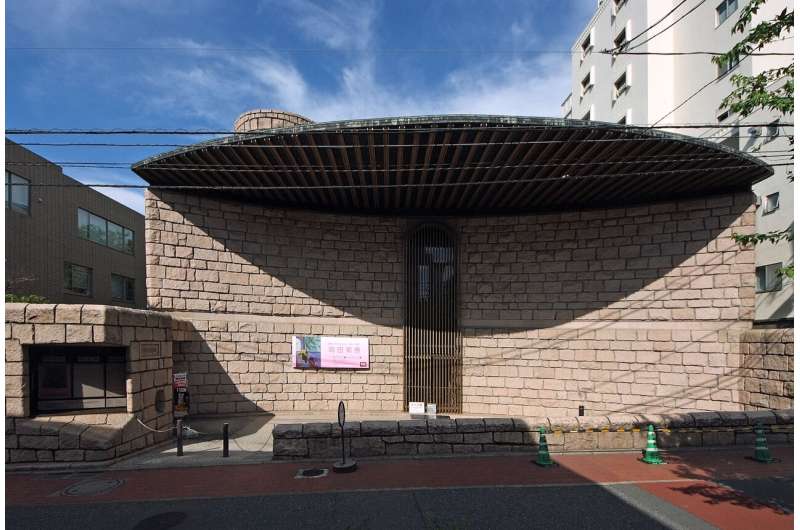Theory of Tradition: Why architect Seiichi Shirai practiced calligraphy

Seiichi Shirai (1905-1983) was an influential architect whose work has affected the designs of significant architects of the 20th century. Associate Professor Kosuke Hato of the Department of Architecture, Faculty of Engineering, Shinshu University has studied the work of Shirai and examined why the architect worked extensively on calligraphy. Hato's strategy is to clarify the relationship between the architect and his activity of calligraphy through Shirai's Theory of Tradition.
The 1950s in Japan is known as a time when architects actively discussed traditions, and Shirai is a representative example. Hato, in his past article, clarified not only the 1950s but every aspect of the Theory of Tradition in the written works of Shirai. This time Hato clarifies the meaning of practicing calligraphy. Hato states that Shirai's practice of calligraphy can be summarized as the four characteristics: interest in links with the primitive aspects of kanji; emphasis on 'Yo (utility)'; 'Gyo (ascetic practice)' which is nature as sustained conflicts between philosophy and the physical self; and a rapid writing style that aimed for something beyond one's consciousness without the constraint of accuracy of form.
Verifying the above content against the characteristics of Shirai's Theory of Tradition, Hato writes, "both were established by a similar consciousness of purpose, and that they both share an emphasis on 'Yo,' but apart from this, the idea of grasping universal potential of object without being misled by its external form and regional origin in the Theory of Tradition was put into practice as the 'Gyo' of seeking to create something beyond form and consciousness in the practice of calligraphy."
Shirai's calligraphy influenced his architecture, as did Le Corbusier's painting on his designs and urban planning. Associate Professor Hato will continue to elucidate the relationship Shirai's Theory of Tradition had to his practice of calligraphy and architectural works.
More information: Kosuke Hato, The meaning of practicing calligraphy in the written works of architect Seiichi Shirai: Focusing on the relation to the Theory of Tradition, Japan Architectural Review (2021). DOI: 10.1002/2475-8876.12228
Provided by Shinshu University




















